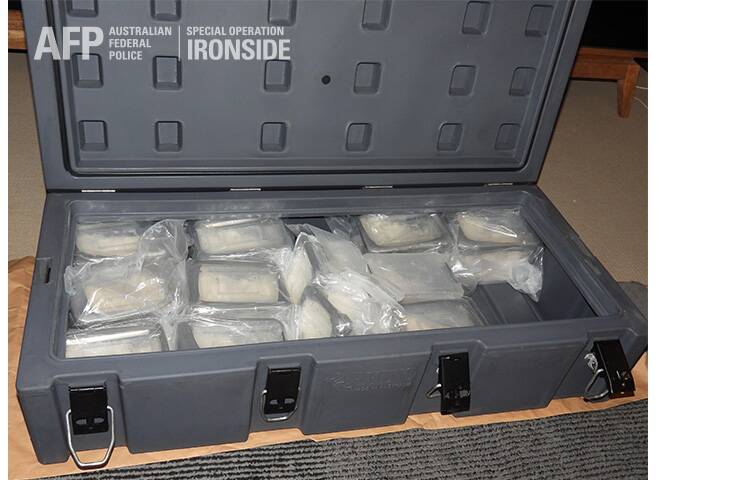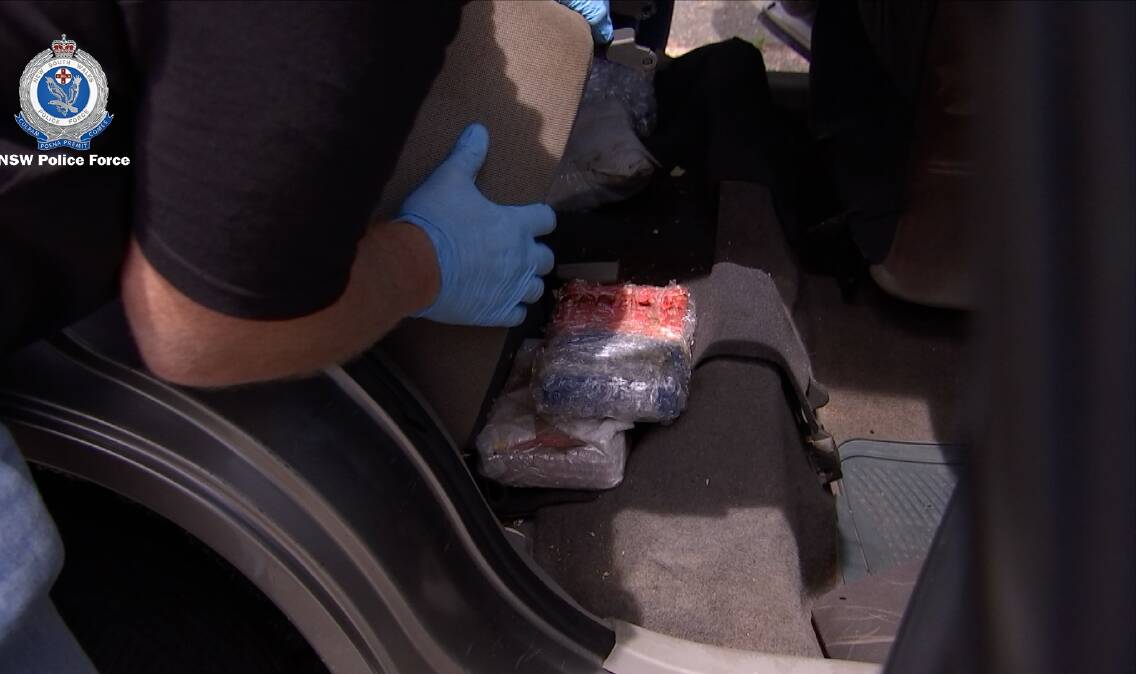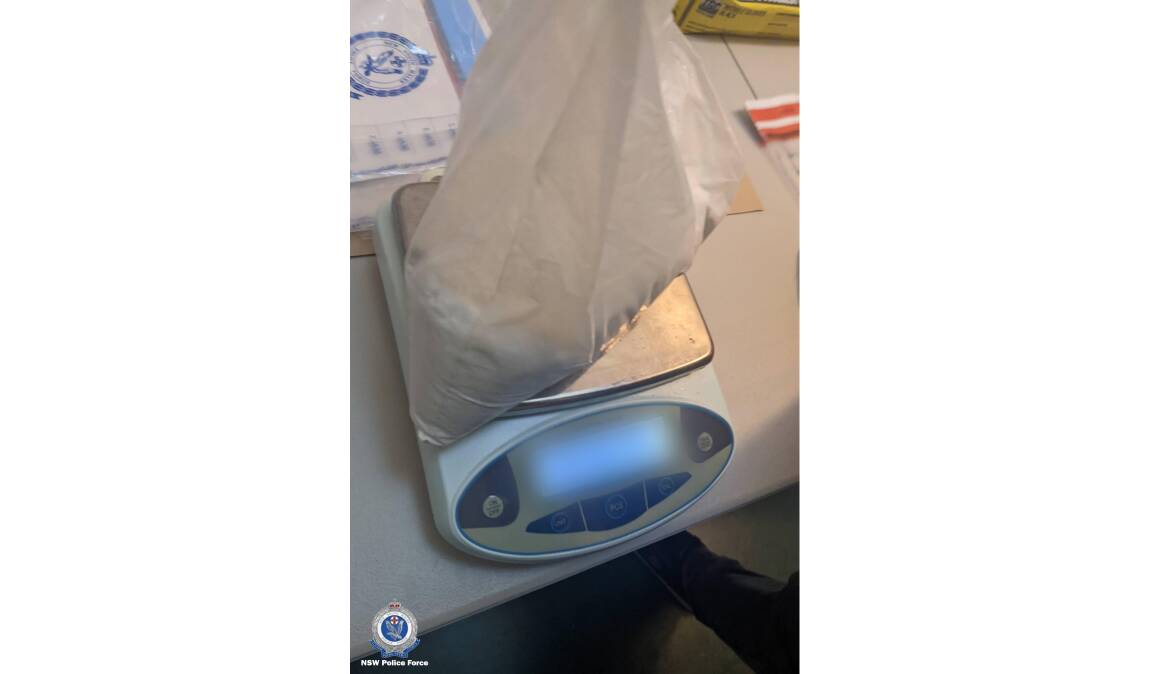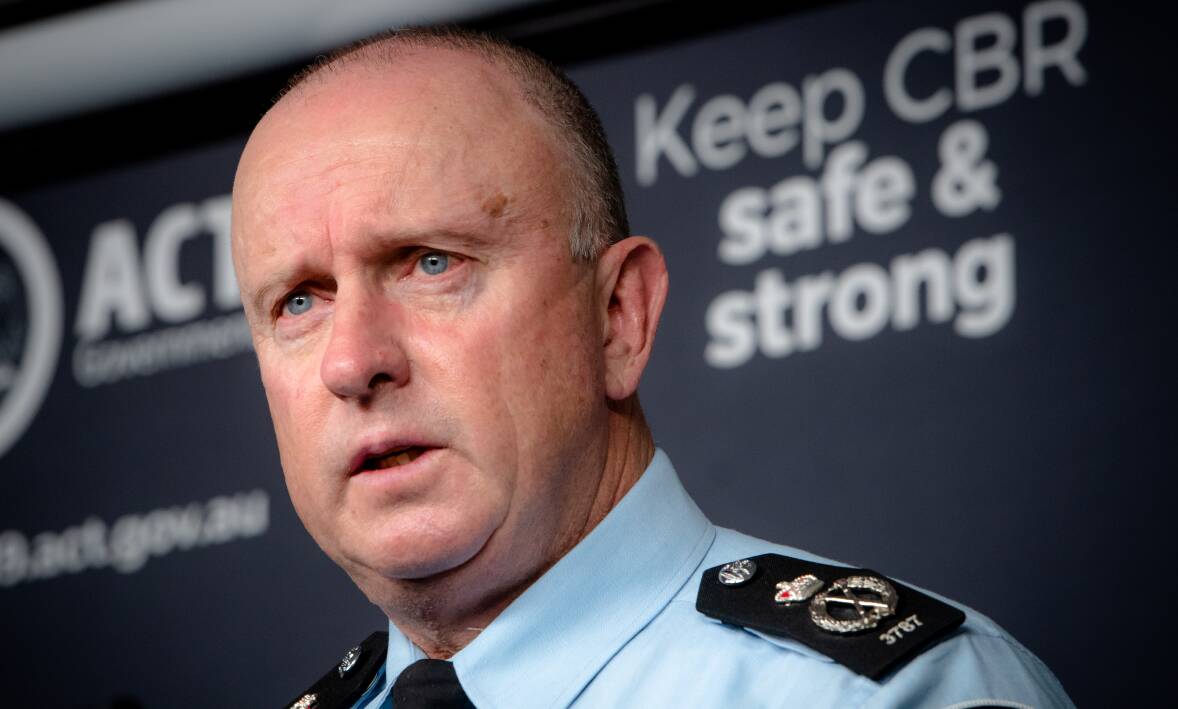
The latest National Wastewater Drug Monitoring report has revealed Canberra as having the nation's second highest capital city consumption of heroin.
The only two drugs to show a decrease from the previous reporting period in the ACT were cannabis and the amphetamine-related synthetic stimulant MDA (Methylenedioxyamphetamine).
The latest wastewater report, which encompasses the two COVID-affected collection periods of December 2021 and February 2022, arrived as behind-the-scenes negotiations determine the illicit drug possession thresholds to be enshrined within the ACT's proposed drug decriminalisation legislation.
The ACT's rise in heroin consumption came at a time when the population-weighted average city consumption of the drug dropped across the country.
Consumption in the ACT of oxycodone, an opiate-based prescription drug used for pain relief, also was the second highest of all the capital cities.

The ACT's former chief police officer and now the chief executive officer of the Australian Criminal Intelligence Commission, Michael Phelan, said that the latest report added further detail to the picture of national drug consumption during a time when COVID-19 restrictions were being relaxed or removed in most jurisdictions around the country.
"During the reporting period, the illicit stimulant markets showed early signs of increased consumption, but not yet to levels recorded previously by the [wastewater monitoring] program or prior to COVID-19," he said.
"However, it is also worth noting that a similar trend in methylamphetamine consumption occurred following August 2020 [during the first major national COVID lockdown period]."
In an interesting reflection on how the pandemic has shifted drug-taking behaviour, Australia's capital city consumption of methylamphetamine, cocaine and MDMA (ecstasy) all exceeded regional consumption for the first time in almost five years.
However, in regional areas, alcohol, nicotine, MDA, oxycodone, fentanyl and cannabis average consumption exceeded capital city consumption.
Wastewater data, sampled from sewage, identifies differences in levels of drug consumption in capital cities and regions, and charts the different dynamics and drug variations that exist in those markets to better deliver national responses.

Of significant concern nationally was that, when measured against 29 other countries including the UK, The Netherlands, Spain, France, Germany, and Portugal - but excluding the US and Canada - in December last year, Australia was ranked the second-highest consumer of methylamphetamine per capita, in terms of doses per day.
Methylamphetamine remains the highest consumed illicit drug in the country and one which the ACT's Chief Police Officer Neil Gaughan said was of particular concern to police with plans by the government to decriminalise illicit drugs, given its strong links to criminal and violent behaviour.
Deputy Commissioner Gaughan's boss, AFP Commissioner Reece Kershaw, has strongly condemned the ACT move on decriminalisation, saying it could lead to "narco-tourism".
Like most jurisdictions around the country, methylamphetamine (ice) use in the ACT is continually linked to such criminality as serious assault, robbery and culpable driving causing injury and/or death.
With heroin use on the rise based on the latest ACT wastewater outcome, and ice-affected offenders facing the ACT courts on an almost daily basis, CPO Gaughan wants to see the proposed two gram personal possession limit - the level up to which it is proposed a $100 fine would be issued, as opposed to putting the offender through the justice system - reduced significantly.

"We are working with the government [on this legislation] to achieve what we believe is the better outcome for the Canberra community," he said.
"What that means is that, in our view, two grams of heroin or meth [amphetamine] is way too high.
"Depending on how you break it up, that's about 15 doses or hits.
"We believe that somewhere between two and three [hits] is probably what the average user would need and that's potentially about $300 worth of drugs in their possession.
"With 10 to 15 hits in someone's possession, you're looking at well over $1000 worth of drugs. That, in our view, is in the dealer's realm."
The ACT drug decriminalisation bill is set to be debated later this year.
We've made it a whole lot easier for you to have your say. Our new comment platform requires only one log-in to access articles and to join the discussion on The Canberra Times website. Find out how to register so you can enjoy civil, friendly and engaging discussions. See our moderation policy here.







